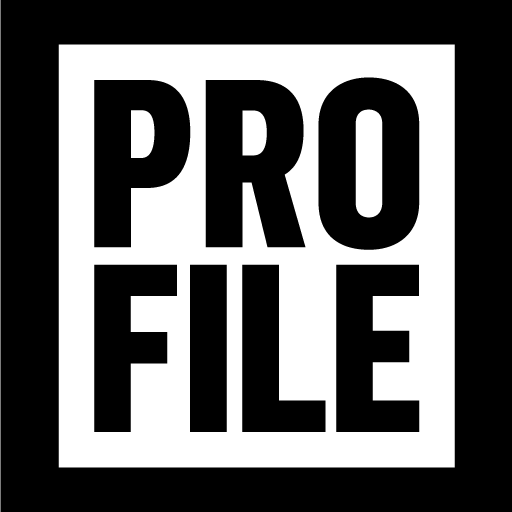People who work for Intrexon aren’t satisfied with tackling a singular problem. Right now, the company is delivering an eco-friendly food grade microbe used to deliver biotherapeutics; developing a self-limiting insect that passes a lethal gene to offspring to help eliminate the vectors of dangerous diseases; and creating apple varieties that don’t brown when sliced, bitten, or bruised. And these are just a few of the creations the company is developing today.
“The field of engineering biology is expanding rapidly, but it is still underappreciated,” chief operating officer Andrew Last explains. “Intrexon’s mission is to leverage genetic tools to create products that solve some of the world’s most pressing problems, in areas as different as sustainable energy and food production.” Considering it holds the website domain DNA.com, the bold nature of the company’s goals is clear.
Intrexon’s operations are intricately integrated, similar to the double helix of DNA. Last oversees its multiple divisions and operating subsidiaries, helping increase their execution, effectiveness, and efficiency. All technologies are researched under its operating units and divisions, such as the Agricultural Biotech, Animal Sciences, Industrial Products, and Human Therapeutics divisions. Business development and delivery of solutions happens across five sectors: Health, Food, Energy, Environment, and Consumer.
Each sector head and their team are responsible for helping prospective collaborators understand its capabilities and technologies in order to find common interests. According to Last, Intrexon’s teams are usually met with excitement about the company’s know-how and platforms for product development. “There are also some challenges when creating things for the first time,” he notes.
Intrexon’s collaborative business model leverages its technology to create a broad range of products across multiple industries, and in return they are building a large, diversified portfolio of backend economics when these products are commercialized by their partners.
Intrexon has also acquired companies whose technology is at the forefront of change through the utilization of biology that they look to build upon. Two examples are Oxitec Ltd., the British company that developed the self-limiting mosquito, and Okanagan Specialty Fruits, the pioneering Canadian company behind nonbrowning Arctic apples, which will be sold in US markets this fall.
This all puts the company in a distinctive position, and while there are other companies that have technology in common with Intrexon, Last finds that Intrexon is changing the game with its innovations.
“I don’t think there’s any company out there like us,” he says. “Intrexon has an enviable portfolio of technology platforms, and few others have the comprehensive approach to the field that we do. Because we have the five different sectors and apply our technology across multiple platforms, we make significant learnings at a rapid pace. We can then apply these learnings to develop unique approaches to many problems where conventional approaches are not adequate to solve them.”
“Intrexon has an enviable portfolio of technology platforms, and few others have the comprehensive approach to the field that we do.”
Case in point: The eco-friendly food microbe that is the basis for Intrexon’s proprietary ActoBiotics platform. Originally designed to deliver human and animal biotherapeutics, it has now been engineered at Intrexon to successfully work in the protection of crops.
As recently announced by the company, initial studies validated the efficacy of dsRNA for insect control applications using this technology, and with this achievement, Intrexon’s collaboration with a leading global agricultural company has advanced to its next phase of development for bio-based crop protection solutions.
While Intrexon’s business model is carefully structured, its operations are decentralized. The CEO resides in Florida; the CFO works out of Virginia; and Last, who came to Intrexon with over thirty years of experience spanning life sciences—including biotechnology, genomics, clinical diagnostics, pharmaceuticals, and agrochemicals—is located in California.
“People working for Intrexon are in locations spanning North America, South America, and Europe,” he says. “Our diversified business model and fast-paced environment have attracted people from all backgrounds to come to work for Intrexon. They share the extraordinary passion we have about our work and commitment to build a leading global company developing important bio-solutions for present and future generations.”
Last joined Intrexon after serving as executive vice president and chief operating officer of Affymetrix, which was acquired by Thermo Fisher Scientific. He feels Intrexon’s transformative molecular and cellular technology platforms, together with its strong collaborators and partnerships, can considerably broaden the engineering of biology’s impact into new fields and “change the world in a big way.” He predicts major growth for the company in the coming years.
“I think we’re going to be a significantly larger company,” he says. “We will increase the number of collaborations we have now, as well as the number of products we have to offer. As more of our products make it into the marketplace, it will create a higher level of recognition and demand. My expectation is that, five years from now, Intrexon will be established as the ‘go-to’ company for partners who want to unlock the potential of synthetic biology.”

